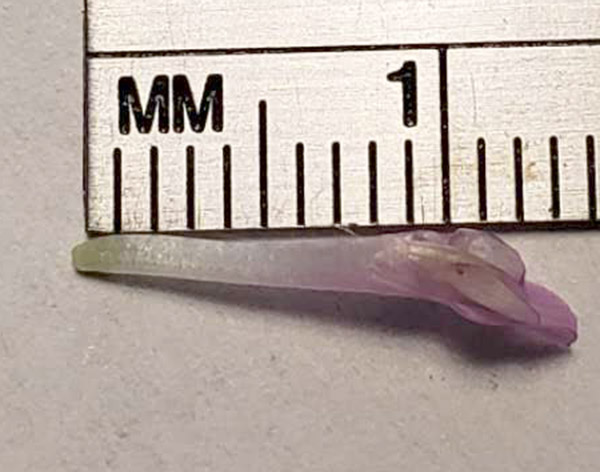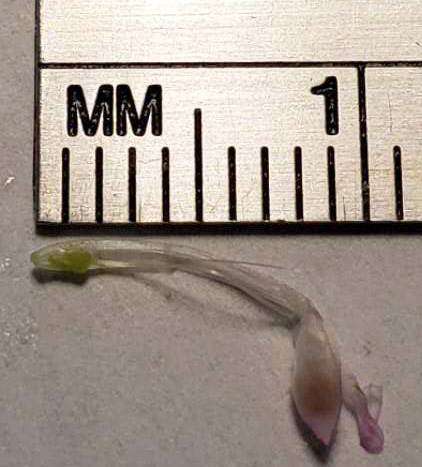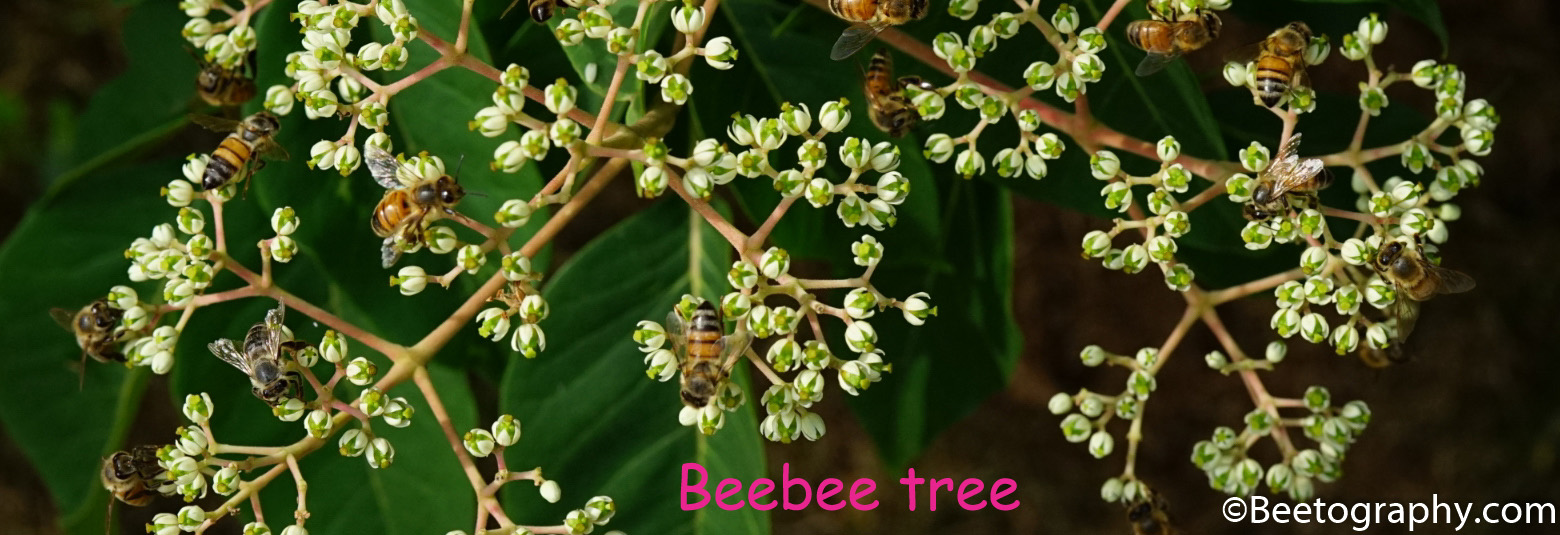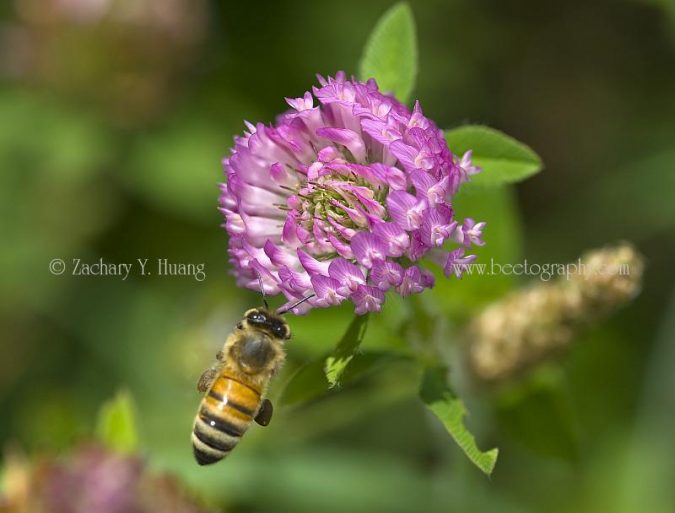| Family: | Fabaceae |
| Genus: | Trifolium |
| Species: | T. pratense |
| Common names: | red clover |
| ZBAS | 4 |
Years ago beekeeping friends (father and son) Oren and Dennie Best, told me that they make a good honey crop from red clovers, I was a bit skeptical (but I trusted their experience) because I learned in school that the red clover had too deep corollas for honey bees to reach. The average tongue length of Italian bees (Apis mellifera ligustica) is 7 mm, with a range of 6.3 to 7.4 mm (standard deviation of 0.3 mm) (Waddington and Herbst, 1987). Most books also say the same thing that only bumble bees can reach red clover for nectar and honey bees have a hard time. So at that time I was wondering if it is a different variety or perhaps drought would have caused stunted growth in red clover, thus allowing honey bees to forage on them.
Being a curious person (not really due to my training as a scientist, I was playing with ant trails when I was 3-4 years old), I thought I need to figure it out. So today (Aug 1st, 2020) I picked up one flower in my front yard (seeded by a bird?) and did some measurements. I measured 3 florets like this:
1. About 9.5 mm long. All three were over 9 mm in length, if I use the opening at the top as the place where bees could perhaps squeeze her head into.

2. I was there thinking…so bees could not reach it ? No, what if the nectar inside was 3 mm deep? Then of course bees could reach it. so I opened one, and saw the ovary inside. One need to subtract this, this is about 2 mm long. 9.5-2 mm =7.5 mm + nectar depth: even if nectar depth is 0, some bees can still (barely) reach the bottom because their tongue length is 6.3-7.4 mm long (average 7.0 + 0.3). Note that the flower was at my house, it might be slightly different from the farm where honey bees were foraging. The take home message is that some honey bees are foraging fine on red clovers — they go one after another, indicating (not suggesting!) that they are reaching the nectar. Bees are smart animals, if they do not reach nectar more than 5 out of 10 times, they will probably quit the flower and find something else (unless nothing else is available, but bees still have bird’s foot trefoil, all types of mint, white sweet clover, all types of dog bane, right now). But if the nectar is abundant (e.g. 2 mm deep, then all workers will have no problem reaching it!). The next project is to measure nectar length inside the corolla…

I took the following photos on July 26, 2020 at a MSU farm (near College and Jolly). Mostly red clover with some alfalfa amidst them. I did not know these were there until I was trying to take photos of Comet Neowise on the 22nd and noticed the red clovers. I went there around noon, because at another location I looked for bees in alfalfa and red clover (70:30% mix) and found no honey bees. I was going to give up after 5 min looking finding no honey bees. Then I saw a halictid bee foraging on it! I started looking more closely and now I saw honey bees! I must have seen about 14 different honey bees in the next 30 min of shooting. So I give it a 4 out of 10 for the ZBAS (Zach’s bee attraction score).
3. A bee in a nice pose. It was very windy that day and I did not bring my flashes.

4. Sometimes you get lucky with a bee in flight.

5. Another shot, of the same bee, but this one you can see her dark pollen on her hind legs. 
6. Not sure if the same bee.

7. I also have “staged” shots from 2006 (this does not happen often at all, and when done, I disclose it like now. I have done it about 3 times in my life, compared to thousands of trips for natural shots). Of course it will be better quality this way. The bee was released after the shots were done.

8. A dark bee also on the same flower.
9. Finally, a link to a video of a honey bee foraging on red clover:
Reference cited
Waddington, KD, L. H. Herbst, 1987. Body Size and the Functional Length of the Proboscis of Honey Bees, The Florida Entomologist , 70(1): 124-128

